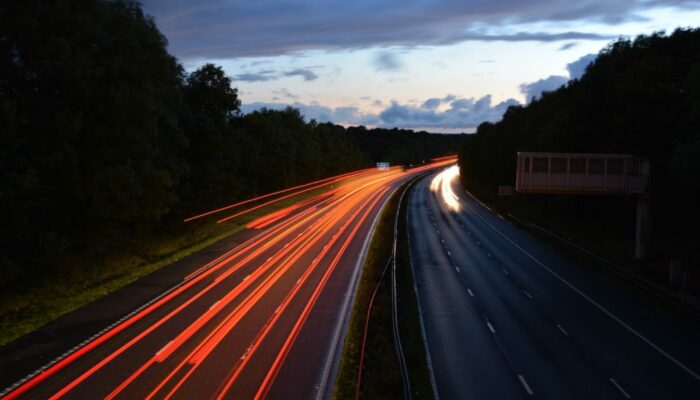
Any discussion about transport and decarbonisation provokes a common response: that while it might be possible to decarbonise transport in cities, outside these there is no alternative to cars for any of the journeys people make and that any attempts to reduce car use outside cities are unrealistic and doomed to failure. This is not true – a set of roundtables convened by the University of Hertfordshire’s Smart Mobility Unit last year[1] showed that it is possible to reduce car use and car dependence in places outside cities; they featured a wide range of plans, ideas and initiatives which are moving away from reliance on cars in places outside cities, and they brought together many people working on these.
One of the problems is that while there’s been a lot of research and policies on transport in cities, there has been relatively little work on transport options for the range of places outside: those like Hertfordshire or Cheshire on the edge of conurbations and those like Cornwall and the Lake District at the other end of the spectrum. These are very varied but there are some directions that might bring them together.
First, we need to recognise that rural car dependence is a social and economic as well as a climate change problem. With cuts in local bus services and increased fares, those without cars have limited access to jobs, education and services and also face social isolation and loneliness, leading to wider health and social care problems. So tackling car dependence outside cities will help people and the economy now – “co-benefits” in economist language.
Let’s start with public transport. There is a view that it’s not possible to provide good public transport outside cities, but some places have shown this isn’t true. The roundtables heard examples from Cornwall, Sevenoaks and Jersey of good public transport services. And there is a lot of public money already spent on transport services outside cities, for non-emergency patient transport, social services, education etc – integrating these bespoke contracts into mainstream networks can create better value for money for all concerned. There are also opportunities with demand-responsive transport and community transport, though these need to be properly funded and made part of wider networks rather than treated as a way of saving money on fixed route services.
Many journeys outside cities are short, so active travel – walking and cycling – should be treated as grown up transport options rather than as obstacles in the way of SUVs, as is the case in too many market towns and villages. High quality infrastructure, cycle parking and car-free or low traffic areas can make a difference in smaller places as well as cities. E-bikes are a bit of a game changer here, by providing an alternative to longer (and hillier) car trips, but they will need infrastructure and incentives to be widely adopted.
Shared transport has lots of potential to reduce car use. Liftshare have developed “mobilityways”, benchmarking commuter travel emissions and helping employers tackle these. Car clubs and shared bike and e-bike schemes, and the current e-scooter trials, also offer alternatives to traditional single-occupancy/privately owned cars in rural areas. These can all be brought together at “mobility hubs” or community hubs, with a range of transport and other services.
As well as these measures to cut car dependence, policymakers need to stop making things worse. The Government seeks to build 300,000 homes a year in England to tackle housing shortages. Where these homes are built and the design of the developments will have an impact on travel and on carbon emissions, but as Transport for New Homes has shown, the current planning system appears to take limited or no account of the transport impacts[2], resulting in car dependent “cowpat” developments plopped into green fields miles from anywhere. So national and local planning policies need to locate new development where it can be easily served by public transport, strengthen requirements for local facilities and for active and sustainable travel as part of the design, and reorient funding and assessment systems to promote zero carbon rather than car dependent homes. Old road schemes, conceived decades ago but still being built to “unlock housing”, need to be replaced by high quality public transport around which new housing can be built.
I’ve deliberately focused on measures that can be taken now to cut car dependence in places outside cities. But this is a climate emergency. These places need help to go further and faster to decarbonise transport – for example better, more frequent, cheaper public transport, support (money, reserved roadspace and parking) for bikes/ e-bikes and limits on cars in tourist areas. To make all this work, places outside cities need long term planning and funding for transport, of the sort cities are starting to get. But they can and should start now.
[1] “The future of transport outside cities: a report on roundtables held by the University of Hertfordshire Smart Mobility Unit”, forthcoming. See https://www.herts.ac.uk/study/schools-of-study/life-and-medical-sciences/business-support-and-consultancy/smart-mobility-unit/Smart-Mobility-Unit-Research
About the Author
This post was written by Stephen Joseph. Stephen is a visiting professor at the University of Hertfordshire’s Smart Mobility Unit. He is a trustee of the Foundation for Integrated Transport, adviser to Transport for New Homes and was chief executive of the Campaign for Better Transport 1988-2018.
